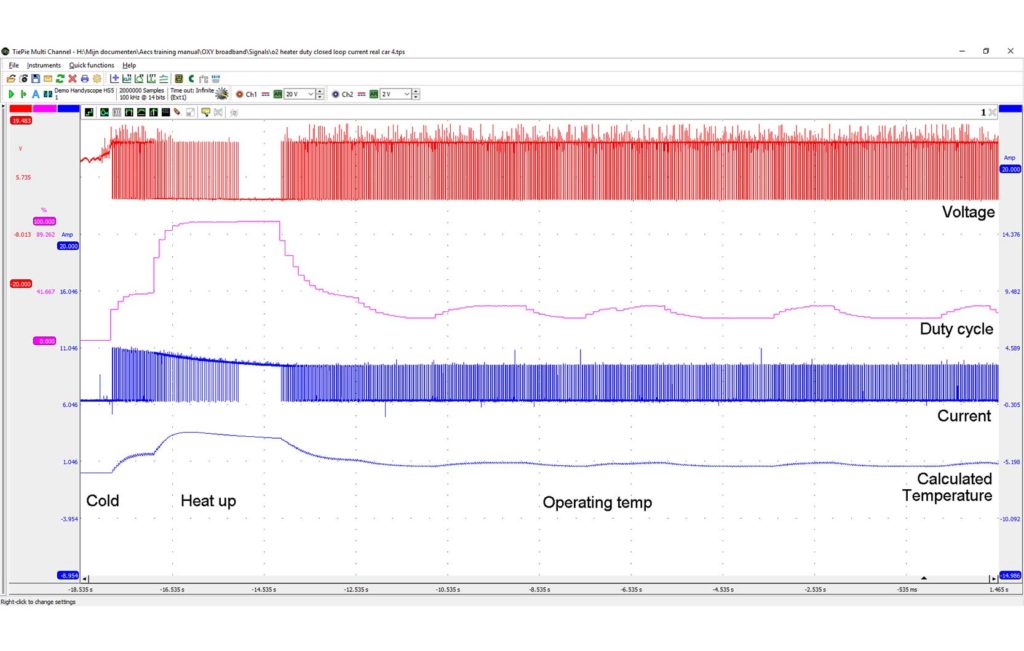PHONE: 06 874 9077 | HOURS: MONDAY-FRIDAY 9AM-5PM
PHONE: 06 874 9077 | HOURS: MONDAY-FRIDAY 9AM-5PM

COURSE ID: EMS1-1
DURATION: 2 DAYS
Prerequisites: It is prefered that you have completed AED, no matter what level of experience or previous training systems.

Non-Start
In this training, you’ll learn about quick injection and ignition analyses for non-start situations. We will look at the flow-on effects of faults such as poor connections and weak sparks. Also, fault code settings and diagnostics that would try to outsmart the ECU’s own diagnostic system.
Oxygen Sensor
How a 1V oxygen sensor operates and the interpretation of the signal that it produces. The oxygen sensor sits at the tail end of all problems and being able to expertly interpret the pattern that the sensor produces concerning potential ignition, injector or airflow problems is essential.
We will also look at the 5 Volt heated new generation oxygen sensor. The construction and its diagnostics as with the 1-volt oxygen sensor.
Fuel Trim & Catalytic Converter
We will discuss catalytic converter efficiency, long-term and short-term fuel trims and how to correctly diagnose. Including the catalytic converter check sensor (EOBD) and the effect of oxygen sensor heating faults and how to diagnose this.
Ignition
We will take an in-depth look at the identification, analysis and interpretation of ignition systems and patterns. We will show you how to recognise the difference between shorted coils, damaged ignitor, wiring issues or crankshaft sensor problems based on a simple ignition measurement.

Air Mass Sensors
The hot wire air mass sensor’s construction and ECU signal processing is covered, such as plausibility check, fault code setting and various trigger levels. Understanding anti-backflow construction and scope signal and voltage prediction from wiring diagrams. We look in detail at common faults like coated hot wire or cracked hot film and how to recognise that.
Idle Control Systems
Various ISC constructions such as the solenoid, 2 wire to 6 wire stepper motor. We will go into details of ECU control, the base idle settings and adjustments plus the flow-on effect from faulty idle actuators and its wiring.
H-Bridge
Diagnosing idle air control systems from simple stepper motor and solenoid control to drive-by-wire H-bridge controlled throttle bodies. Oscillation frequency, scope pattern shape and the relevant conclusions for diagnostics on engine components.
Coils
We will discuss the effects of a non-genuine coil as the replacement and faulty coil scope pattern recognition and the effect of engine speed on the dwell angle. Ignition backtracking while checking for a spark and the destructive effect on the igniter in detail.

The team at AECS are here to help. Let us know how we can be of assistance.